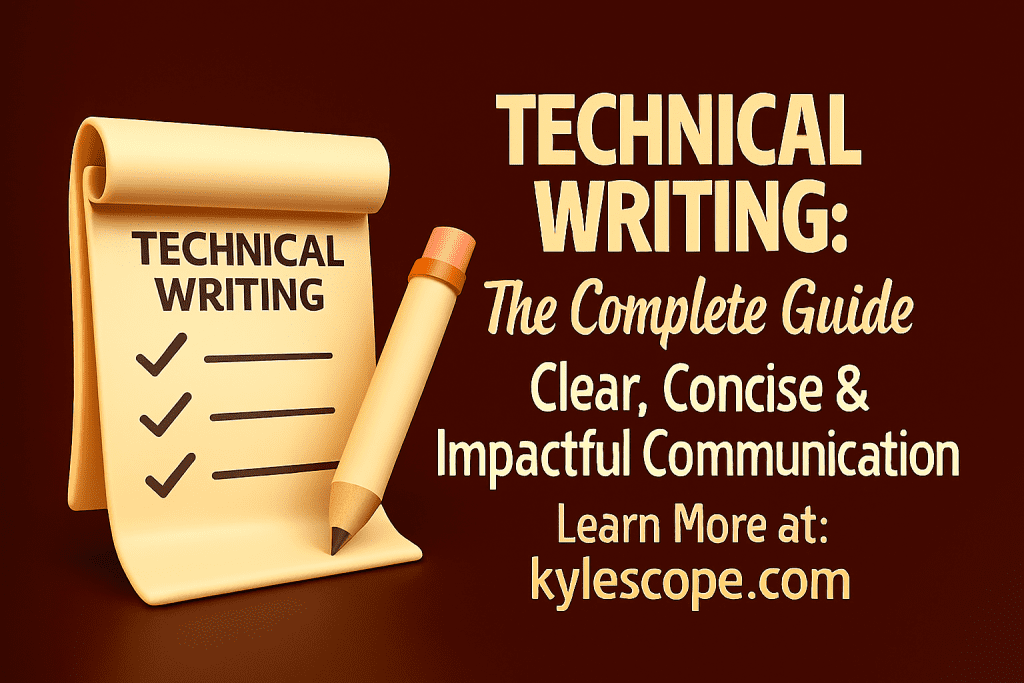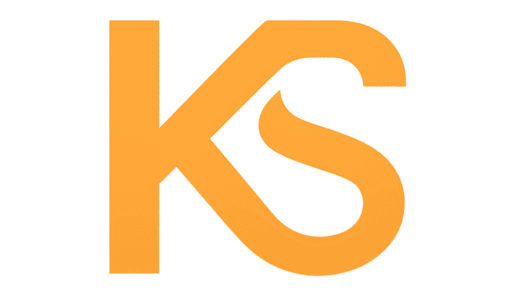
Why Technical Writing Matters in Every Industry
Technical writing plays a central role in bridging the gap between specialized knowledge and practical application. Professionals across industries rely on it to communicate processes, explain systems, and document workflows with clarity. Engineers, healthcare specialists, educators, and software developers all depend on precise documentation to ensure accuracy and efficiency. Without structured communication, even the most advanced innovations lose their value because users cannot effectively apply them. Technical writing, therefore, functions as both a communication tool and a strategic asset. By mastering it, individuals and organizations gain the ability to deliver knowledge that informs, instructs, and empowers.
Understanding the Core Principles of Technical Writing
Technical writing requires more than just strong grammar and vocabulary. It demands a structured approach that prioritizes clarity, accuracy, and usability. Writers must analyze their audience before drafting any document, because the level of detail and tone depend on the reader’s background knowledge. For example, a user manual for a consumer product must avoid jargon, while a scientific protocol may require precise technical terminology. Writers also need to maintain consistency in formatting, style, and terminology to avoid confusion. Furthermore, technical writing emphasizes conciseness, ensuring that every sentence contributes directly to the reader’s understanding. By following these principles, professionals create documents that serve as reliable references rather than sources of frustration.
The Role of Audience Analysis in Technical Writing
Audience analysis forms the foundation of effective technical communication. Writers must identify who will read the document, what knowledge they already possess, and what they need to learn. A clear understanding of the audience allows the writer to adjust tone, vocabulary, and structure accordingly. For instance, a training manual for new employees should include step-by-step instructions. At the same time, a compliance report for regulators should highlight data accuracy and adherence to standards—writers who neglect audience analysis risk producing documents that confuse rather than clarify. Therefore, audience-centered writing ensures that the message resonates with readers and achieves its intended purpose.
Structuring Technical Documents for Maximum Clarity
The structure of a technical document determines how easily readers can navigate and apply the information. Writers should begin with an introduction that outlines the purpose and scope of the document. They should then organize content into logical sections, each with clear headings and subheadings. Lists, tables, and diagrams can simplify complex information, making it more digestible. Transitional phrases guide readers smoothly from one section to the next, ensuring continuity and a seamless flow. Writers should also include summaries or conclusions that reinforce key points. By following this structure, technical documents become user-friendly resources that readers can consult with confidence.
Essential Types of Technical Writing
Technical writing encompasses a wide range of document types, each serving a specific purpose. Some of the most common include:
- User Manuals: Provide step-by-step instructions for operating products or systems.
- Standard Operating Procedures (SOPs): Outline consistent processes for organizational efficiency.
- Technical Reports: Present research findings, project updates, or compliance data.
- White Papers: Explain complex issues and propose solutions for decision-makers.
- Training Materials: Support employee development and skill acquisition.
- Proposals: Persuade stakeholders to approve projects or allocate resources.
Each type requires a tailored approach, but all share the same goal: to communicate information in a way that is accurate, accessible, and actionable. Writers who master multiple formats expand their versatility and value across industries.
Technical Writing in Research and Academia
Research and academic environments rely heavily on technical writing to document findings and share knowledge. Scholars use it to publish journal articles, present conference papers, and prepare grant proposals. Accuracy and credibility are paramount in these contexts, as errors can undermine the validity of research. Writers must also adhere to strict formatting guidelines, such as those outlined in the APA or MLA style, to ensure consistency and professionalism. Technical writing in academia also involves synthesizing complex data into clear arguments that readers can evaluate and replicate. For professionals seeking guidance on research-focused writing, resources like advanced research writing support offer structured approaches to academic documentation.
Technical Writing for Business and Industry
In business and industry, technical writing supports operations, compliance, and customer engagement. Companies use it to create product documentation, internal policies, and training manuals. Clear communication reduces errors, improves efficiency, and enhances customer satisfaction. For example, a well-written SOP ensures that employees follow consistent procedures, reducing risks and improving quality. Businesses also rely on technical writing for persuasive documents such as proposals and sales materials. Professionals seeking to enhance their business communication can explore specialized technical writing services that align with their organizational goals.
Tools and Technologies that Enhance Technical Writing
Modern technical writing integrates digital tools that streamline the writing and design process. Writers use software such as Microsoft Word, Adobe FrameMaker, and MadCap Flare to create structured documents. Collaboration platforms like Google Docs and Confluence enable teams to co-author and review content in real-time. Visual tools such as Canva and Lucidchart help writers design diagrams and infographics that simplify complex concepts. Content management systems ensure version control and accessibility across teams. Writers who embrace these technologies increase efficiency and produce professional-quality documents. By combining technical expertise with digital tools, professionals deliver content that meets modern standards of usability.
Technical Writing and SEO: Bridging Clarity with Visibility
Technical writing intersects with digital marketing when organizations publish content online. Search engine optimization (SEO) ensures that technical documents are delivered to the right audience. Writers must strike a balance between keyword integration and clarity, ensuring that content remains user-friendly while achieving high rankings in search results. For example, a guide on software installation should include relevant keywords without sacrificing readability. Writers can also optimize metadata, headings, and alt text for images to improve visibility. Professionals seeking to expand their reach can explore content writing solutions that combine technical accuracy with SEO strategy.
The Importance of Standard Operating Procedure Writing
Standard Operating Procedures (SOPs) are among the most critical applications of technical writing. Organizations use SOPs to ensure consistency, compliance, and efficiency across operations. A well-structured SOP outlines each step of a process, assigns responsibilities, and defines quality standards. Employees rely on these documents to perform tasks correctly and safely. Regulatory bodies also require SOPs as evidence of compliance with industry standards. For organizations seeking professional support, specialized SOP writing services provide tailored documentation that meets both operational and regulatory needs.
Technical Writing in Sales and Marketing Contexts
Although technical writing often focuses on instruction, it also plays a role in persuasive communication. Sales teams use technical documents to explain product features, highlight benefits, and address customer concerns. White papers, case studies, and product specifications all contribute to informed purchasing decisions. Writers must strike a balance between technical accuracy and persuasive language to establish trust and credibility. Businesses seeking to enhance their sales communication can leverage specialized sales writing expertise that combines technical precision with compelling impact. By integrating technical writing into sales strategies, organizations improve their ability to convert prospects into loyal customers.
Career Opportunities in Technical Writing
Technical writing offers diverse career opportunities across industries. Professionals can work as documentation specialists, instructional designers, content strategists, or compliance writers. The demand for skilled writers continues to grow as organizations expand their reliance on digital communication. Writers who specialize in niche industries, such as healthcare or software development, often command higher salaries. Continuous learning and certification programs also enhance career prospects. For individuals seeking to enter or advance in this field, resources like professional writing guidance provide valuable support for building expertise.
Best Practices for Effective Technical Writing
Writers who want to excel in technical communication should follow best practices that ensure clarity and usability. These include:
- Know your audience: Tailor content to the reader’s knowledge level.
- Use plain language: Avoid jargon unless necessary for accuracy.
- Organize logically: Structure content with clear headings and subheadings.
- Incorporate visuals: Use diagrams, charts, and tables to simplify complex ideas.
- Revise thoroughly: Edit for clarity, accuracy, and consistency.
- Test usability: Ensure that readers can effectively apply the information.
By applying these practices, writers create documents that serve as reliable tools for learning and decision-making.
External Resources for Technical Writing Mastery
Professionals seeking to deepen their expertise can explore external resources that offer additional guidance. For example, the Society for Technical Communication provides training, certification, and networking opportunities for writers worldwide. Online platforms also provide tutorials, style guides, and templates that support continuous learning. By engaging with professional communities, writers stay updated on industry trends and best practices. External resources complement hands-on experience, ensuring that writers maintain a competitive edge.
Elevating Communication through Technical Writing
Technical writing enables professionals to distill complex information into concise, actionable knowledge. It supports industries ranging from healthcare to technology, ensuring that processes run smoothly and innovations reach their full potential. Writers who master this discipline gain the ability to create documents that inform, instruct, and persuade with confidence. Organizations that invest in technical writing strengthen their operations, compliance, and customer engagement. For individuals and businesses seeking expert support, hire a skilled content writer to ensure that every document achieves clarity, precision, and measurable impact. By embracing professional technical writing, you not only improve communication but also position your organization for long-term success.
